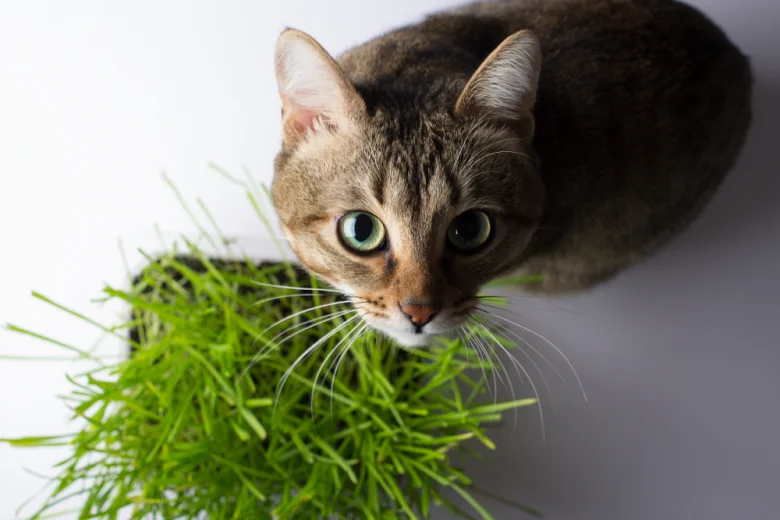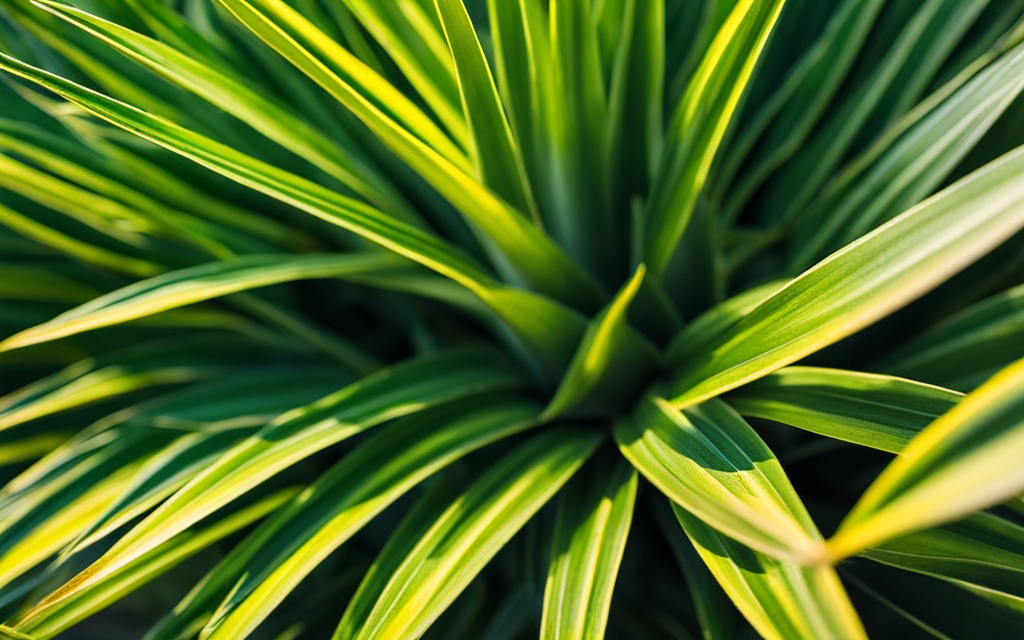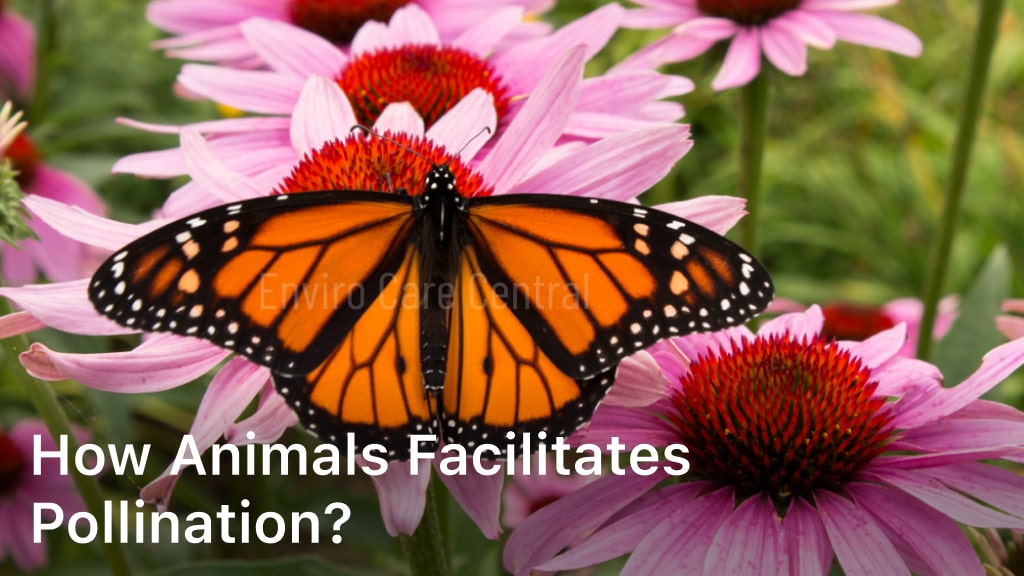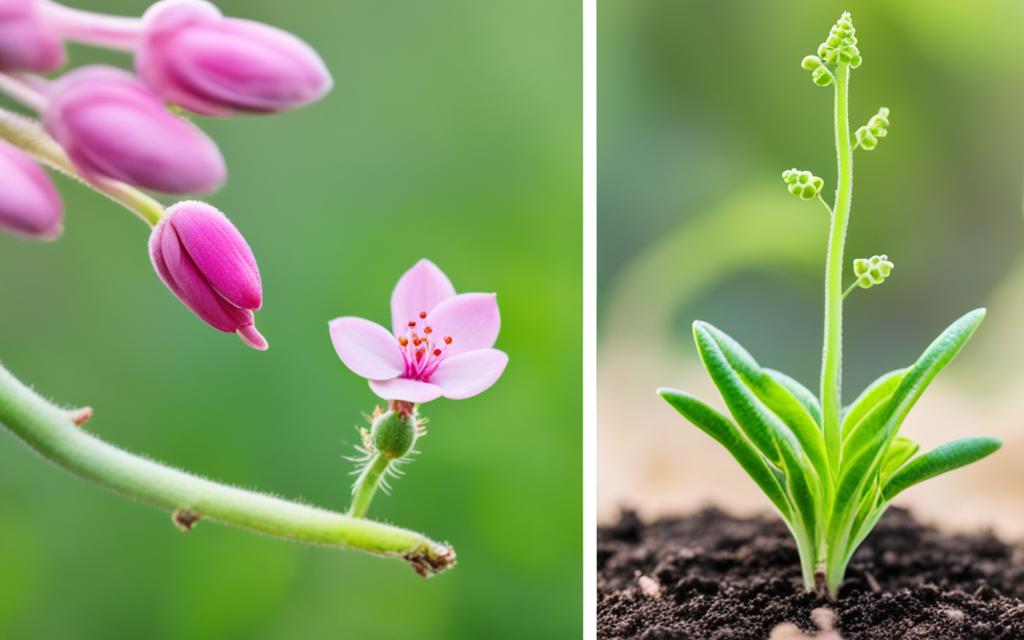How to Keep Cats from Eating Plants?

How to Keep Cats from Eating Plants? – Learn effective ways on how to keep cats from eating plants. Discover tips, tricks, and FAQs for a cat-friendly home.
Cats are wonderful companions, but their natural curiosity can lead them to nibble on houseplants, which can be harmful to both your feline friend and your greenery. In this comprehensive guide, we’ll explore various strategies to create a cat-friendly environment and prevent your beloved plants from becoming their snack.
Introduction
Bringing greenery into your home is a refreshing way to elevate your living space. However, the coexistence of plants and cats can sometimes be tricky. As responsible pet owners, it’s crucial to ensure our pets’ safety while maintaining our love for gardening. This article will walk you through how to keep cats from eating plants, ensuring a harmonious atmosphere for both your pets and your botanical beauties.

How to Keep Cats from Eating Plants
Cats may chew on plants for various reasons, such as curiosity, boredom, or the need for certain nutrients. Here are some effective strategies to deter your feline friends from treating your houseplants as their personal buffet:
1. Choose Cat-Friendly Plants
One of the simplest ways to avoid conflicts between your plants and pets is by selecting non-toxic plants. Some cat-friendly options include spider plants, catnip, and cat grass. These not only provide a safe snacking option for your cats but also add to your indoor greenery.
2. Use Citrus Scents
Cats are known to dislike the smell of citrus. Place citrus-scented items near your plants or use citrus-scented sprays on the leaves. This will deter your feline friends from getting too close to your beloved plants.
3. Create Physical Barriers
Consider using physical barriers to protect your plants. Place decorative rocks or pine cones on the soil’s surface, making it less appealing for cats to dig. Alternatively, use netting or chicken wire to cover pots and prevent access.
4. Provide Alternative Distractions
Keep your cats engaged and satisfied by offering them alternative distractions. Interactive toys, scratching posts, and treat puzzles can help redirect their attention away from your plants.
5. Utilize Bitter Spray
Bitter-tasting sprays are available in pet stores and can be applied to plant leaves. Cats dislike the taste and will quickly learn to avoid the treated plants.
6. Avoid Toxic Plants
Certain plants are toxic to cats and should be kept out of your home altogether. Some common toxic plants include lilies, poinsettias, and philodendrons. Be sure to research any new additions to your plant collection.
Frequently Ask ed Questions
Are there any plants that are safe for cats to chew on?
Yes, several cat-friendly plants, like cat grass and catnip, are safe for cats to chew on. These plants can satisfy their natural urge to chew and play.
Is it harmful if my cat eats a non-toxic plant occasionally?
Eating non-toxic plants in moderation is usually not harmful. However, it’s best to discourage this behavior to prevent potential digestive issues.
Can I use essential oils to deter cats from plants?
While some essential oils, like citrus oils, can be effective in deterring cats, they should be used sparingly and diluted to avoid causing harm to your pet.
What should I do if my cat ingests a toxic plant?
If you suspect your cat has ingested a toxic plant, contact your veterinarian immediately. They can provide guidance on the necessary steps to ensure your cat’s well-being.
How can I train my cat to stay away from my plants?
Positive reinforcement training, using treats and praise, can help teach your cat to stay away from plants. Consistency and patience are key.
Are there any indoor plants that are both safe for cats and air-purifying?
Yes, several indoor plants, such as spider plants and Boston ferns, are safe for cats and help purify the air in your home.
Conclusion
Creating a safe and cat-friendly environment for your pets and plants is entirely possible with the right strategies and precautions. By choosing the right plants, implementing deterrents, and providing alternative entertainment for your feline friends, you can enjoy a lush indoor garden without worrying about your cats’ safety. Remember to always prioritize your pet’s well-being and consult your veterinarian if you have any concerns about your cat’s plant-eating habits.





